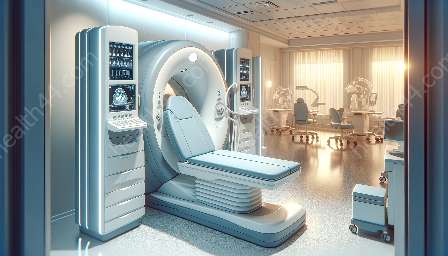Stethoscopes are vital diagnostic equipment in the medical devices & equipment industry. They play a crucial role in auscultation, enabling healthcare professionals to listen to internal sounds of the body, such as the heartbeat and breathing. This topic cluster will delve into the history, types, and advanced features of stethoscopes.
History of Stethoscopes
The stethoscope, a quintessential symbol of medical practice, was invented by René Laënnec in 1816. It was initially a wooden tube, and the design evolved over the years to become the modern stethoscope with a chest piece and earpieces. The stethoscope revolutionized medical diagnosis by enabling physicians to listen to internal sounds without direct contact.
Types of Stethoscopes
There are several types of stethoscopes designed for specific medical purposes. The most common are acoustic stethoscopes, which use a chest piece and tubing to transmit sounds to the earpieces. Electronic stethoscopes amplify sounds and can have additional features such as noise reduction and recording capabilities. There are also specialized stethoscopes for pediatric and infant patients, featuring smaller chest pieces and delicate design to suit their anatomical needs.
Advanced Features
Modern stethoscopes are equipped with advanced features to enhance diagnostic capabilities. Some models have tunable diaphragms that allow healthcare professionals to switch between low and high frequencies without rotating the chest piece. Noise-canceling technology reduces ambient noise interference, providing clearer auscultation. Additionally, digital stethoscopes can store recordings for further analysis and collaboration with colleagues.
The Role of Stethoscopes in Diagnosis
Stethoscopes are indispensable tools in the diagnostic process across various medical specialties. Cardiologists use stethoscopes to listen to heart murmurs and abnormal rhythms, while pulmonologists rely on them to assess lung sounds and detect respiratory pathologies. In primary care and emergency medicine, stethoscopes are essential for conducting quick physical examinations and identifying potential health issues.
Enhancements in Stethoscope Technology
The field of stethoscope technology continues to evolve, with innovations such as wireless connectivity and telemedicine capabilities. This progress enables remote auscultation and real-time sharing of auscultatory findings, improving collaboration among healthcare professionals and expanding access to expert diagnosis.
Conclusion
Stethoscopes are enduring symbols of medical expertise and play a fundamental role in diagnostic equipment within the medical devices & equipment industry. Understanding the history, types, and advanced features of stethoscopes provides insights into their indispensable status in modern healthcare practices.


